After our walk to the India Mills chimney we got into the car and made our way onto the A666 back into the town. Signs for the tower soon appeared and we followed them obediently until the road we were on came to an end. Turning the car around and parking up we started the next stage of our trek on shank’s pony.
The tower is situated high on the moors at an altitude of 1200ft (372m) and is only accessible on foot. We started on the footpath and slowly wound our way up the side of the hill passing numerous benches, the tower appearing in view now and then as we progressed upwards.
The moors themselves have a rich heritage. There has always been a ‘rights of way’ on the moor to allow packmen, peddlars, farmers and labourers to use the tracks and paths to go about their business and communication. In the 1870’s the Lord of the manor the Reverend William Arthur Duckworth began blocking these ancient rights of way and turning people off the moor because of disturbances to game and the lucrative fees for shooting rights that could be charged if the moor was private. Thus began the first protest for the right to common land. Between 1870 and 1880, five men – three labourers, a gardener and a mason took up the fight with hundreds of local people to campaign against the lord of the manor. Many bloody skirmishes occurred between the protesters and gamekeepers and in July 1878 the protesters expedited the war when they overpowered the gamekeepers, this resulted in a writ being issued against them by the High Court in London. A man by the name of John Oldham( who had tried earlier to organise a mass trespass but had little support) was chosen to represent the protesters. John at that time was not a wealthy man and had to pawn his pocket watch to be able to go to London and attend the proceedings. The court found in favour of the Freedom movement and the Reverend was ordered to open up twenty-five acres as ‘urban common’ and allow the public use of all footpaths and tracks resulting in nearly 300 acres of moorland to pass back into the possession of the people. On 6th September 1896, thousands of people swarmed onto the moors to celebrate the victory.
Around the same time Queen Victoria’s diamond jubilee was approaching and ways to celebrate this were being discussed in the town. There was a need to do something grand. The idea of a tower would have probably already been talked about but the suggestion was put into print on January 13th 1897 in the Darwen News. A letter to the paper simply signed ‘Landmark’ suggested “….a landmark to be seen far and wide and, whilst commemorating the record year, it would also fulfil a similar function with regard to the celebration of the Freedom of the Darwen Moor”. Flaunting a victory for the common people in the guise of a gesture to the crown was an idea that appealed to all, hence the plan to build a tower was adopted.
The tower really is one of those follies that is as good as it looks AND allows the visitor the reward of exploring and enjoying it fully. We had walked uphill for about 30 minutes or so and we now stood in front of it. No bricked up doors here or sealed off places. We entered the tower and climbed the stone spiral staircase to the first viewing gallery. The wind that day was really gusting and walking out onto the turret the full force of it threatened to bowl us over if a good purchase was not made. Coming back inside the tower and a second spiral staircase, this time in metal, awaits to take us to the viewing dome at the top. The view from up here is magnificent and whatever pretext the tower was built under it remains a prospect tower and on a clear day the vistas are breath-taking. The viewfinder in the tower informs us as to what can be seen –
SE – Kinder Scout, Holcombe Moor
E – Boulsworth Hill, Rombolds Moor
NE – Great Whernside, Pendle, Penyghent
N – Ingleborough, Whernside, Longridge Fell, Wardstone Fell, Langdale Pikes, Coniston Old Man
NW – Black Combe, Blackpool Tower, The Isle Of Man
W – The Ribble estuary
SW-S – Southport, Great Orme, Snowdon
The Jubilee committee chairman Councillor Robert Shorrock suggested that part of the funding already raised for the Nursing Association be used to build a tower and a competition for the design of the tower was held. Out of twenty-one entrants the winning design and the prize of £5 went to Mr. David Ellison of the Darwen Borough Engineers Office. The site for the tower and the stone to build it were donated by the Reverend Duckworth, a noble gesture considering the recent legal wranglings.
The first sod was cut by the Mayor, Alexander Carus on 22nd June 1897, Jubilee Day, when a public holiday was declared all across the empire. It was a warm and pleasant summers day and it ended with a bonfire and firework display.
The original cost for the tower had been estimated at £400 but it soon became apparent that more and more money was being transferred from the Nursing Association fund. This drew complaints from the local community so eventually the fund was divided equally. A tender of £773 3s 5d was finally accepted from a local builder – Richard J Whalley and construction began. The tower is of a octaganal design in a late medieval style. The outer faces are 15ft (4.57m) in width. Sixty-five stone steps inside lead onto a seventeen step steel staircase. It has sixteen windows and is built square to the compass, standing at a height of 85ft (25.9m) with walls 2ft (60.96cm) thick. There are 3 panels on the northern archway, the left one stating –
1897
THIS TOWER
was erected (and a sum of £650 devoted in aid of
the Nursing Association) by the public subscriptions
raised to commemorate the Diamond Jubilee
of the reign of
HER MAJESTY
QUEEN VICTORIA
Foundation Laid June 22nd 1897
By Alexander Carus Esq, Mayor:
Opened September 24th 1898 by
THE REVD WILLIAM ARTHUR DUCKWORTH M.A.
LORD OF THE MANOR
CHARLES PHILIP HUNTINGTON J.P.
Two stonemasons did the majority of the work and standing here now being battered by the wind I don’t envy the task they undertook. Peter Brindle and Harry Flew, both from Brindle, walked from their homes across the moor every day. They were offered lodgings in the town but refused on the grounds that they had gardening to do back home once they had finished work. Bad weather hampered the construction to such an extent that come the day of the official opening some of the porticoes around the base were still not completed.
September 22nd 1898 and the Reverend Duckworth was there again to declare the tower open and over 3000 people attended. He made an impassioned plea to the townsfolk to cause as little disturbance as possible to the game on the moor, especially as it was mating season. One can only wonder what was really going through his mind. Was it genuine concern, he had after all donated the stone and Dorset (where the reverend resided) was a long trek to Darwen back then or was it an itinerant land owner trying to make his will felt. .
Since its official opening the tower has had a colourful history. During the war it was feared that the Germans would use it as a marker to attack the town and an editorial in the Darwen News urged that it be demolished! It wasn’t and apart from seven bombs and a double-decker bus getting machine gunned the town escaped very lightly. The original dome was blown off in a storm on 5th April 1947. The council decided that it should be left minus the dome and neglect and vandalism over the following years began to take its toll. Proposals were put forward to brick it up indefinitely or even demolish it but in 1971 the then Mayor, Dr.Bill Lees launched a fund to have the tower repaired, cleaned and the dome replaced with a fibreglass one. A fund was established and over £3000 was raised by public subscription with the majority of the materials being donated by local businesses. On 18th June 1972 the tower was officially re-opened. Later that same year a letter was received by the Darwen General Purposes and Development Committee from a Mr.Hiram B Lansky of St.Louis, USA, offering to buy the tower for £250,000 so it could be dismantled brick by brick and placed on the gentleman’s ranch. The council refused and one councillor was heard to ask if he wanted a double-deck bus instead. This and 2 other offers turned out be hoaxes but the uproar they caused ensured that the tower would never leave its lofty windswept position. Years later in October 2000 the tower was closed to the public again to investigate if it was unsafe and a survey in the spring of 2001 found the stone decking had severe decay, remedial work was needed.
The refurbishment was meant to take 2-3 months but only eventually opened again on 9th April 2002. The dome was once again removed by gale force winds on 11th November 2010 but was replaced with a far superior one in 2012 at a cost of more than £35,000. It was winched into place by helicopter on 13th April 2012.
The tower along with the India Mills chimney were granted ‘special architectural and historical interest’ and were given Grade 2 listings in March 1972 and both now survive as testament to the blood, sweat and toil of the people who envisaged and built these wonderful structures.
The wind on the moors by now had picked up significantly and we decided it was time to head back down to the car. Walking down the twisting path the wind subsided the lower we got until at the bottom it was no more than a mere breeze again. I would thoroughly recommend anyone go visit this tower, it has so much other than architecture to offer.
Description: Darwen Jubilee Tower
Grade: II
Date Listed: 17 April 1972
English Heritage Building ID: 184672
OS Grid Reference: SD6787021576
OS Grid Coordinates: 367870, 421576
Latitude/Longitude: 53.6896, -2.4880
Location: Darwen, Blackburn with Darwen BB3 0PE
Locality: Darwen
County: Blackburn with Darwen
Country: England
Postcode: BB3 0PE
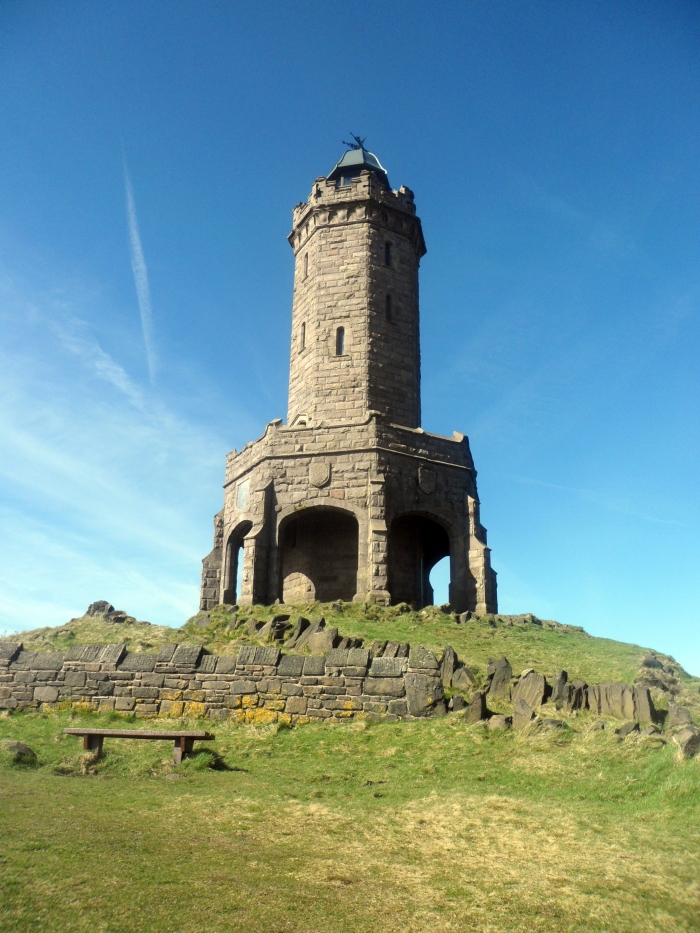
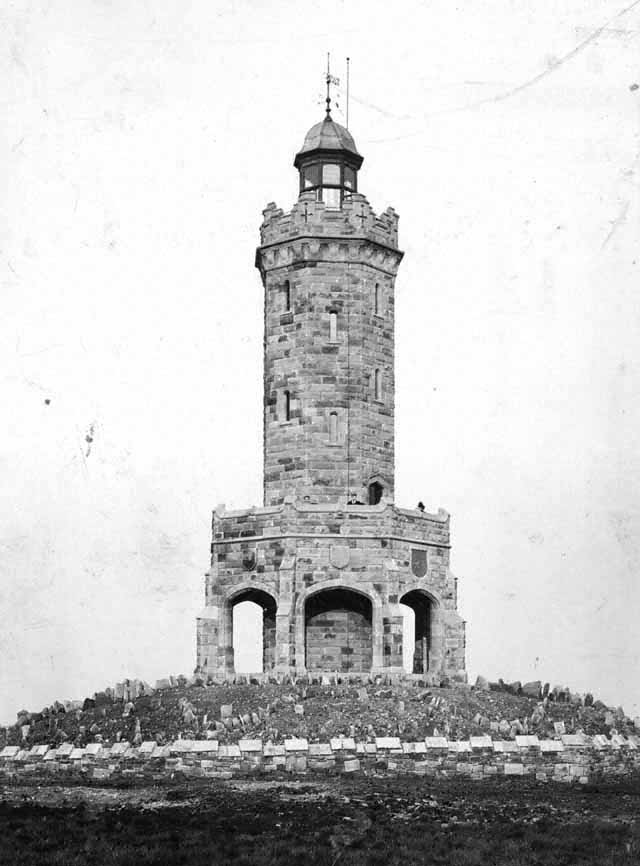
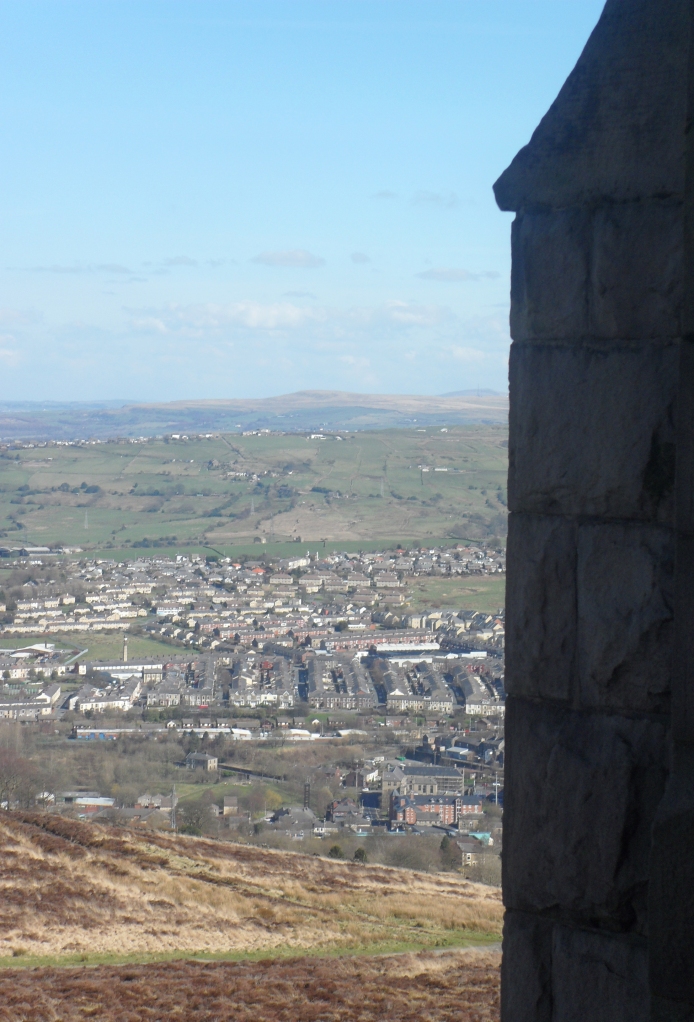
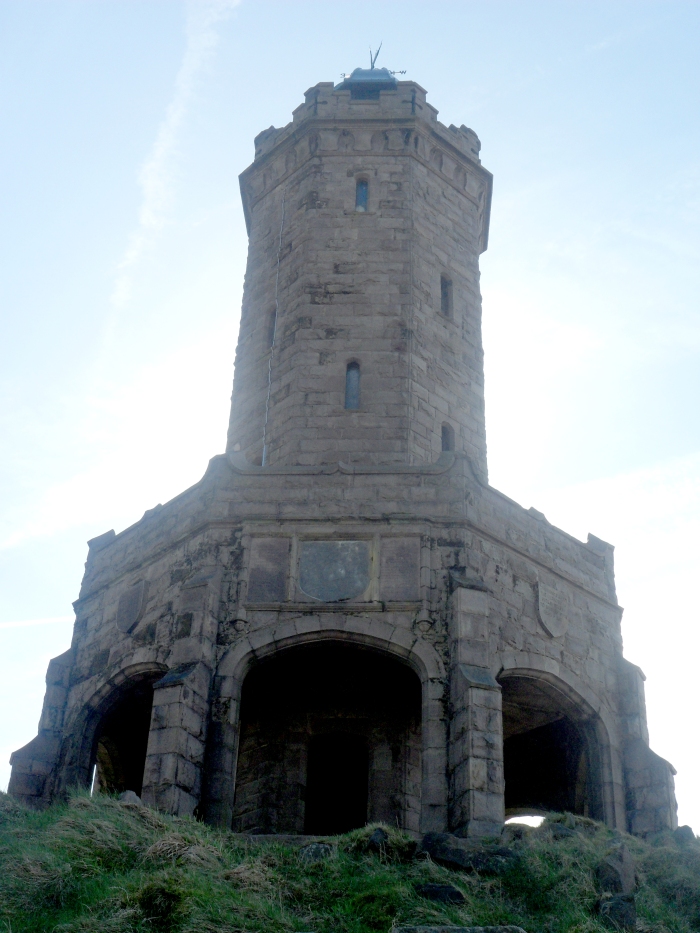
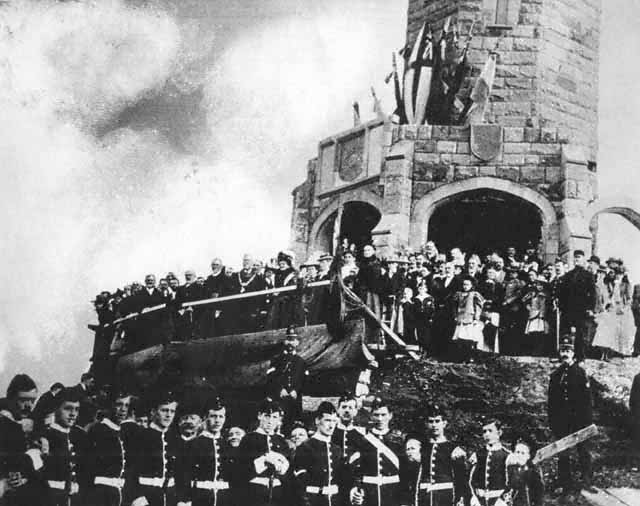
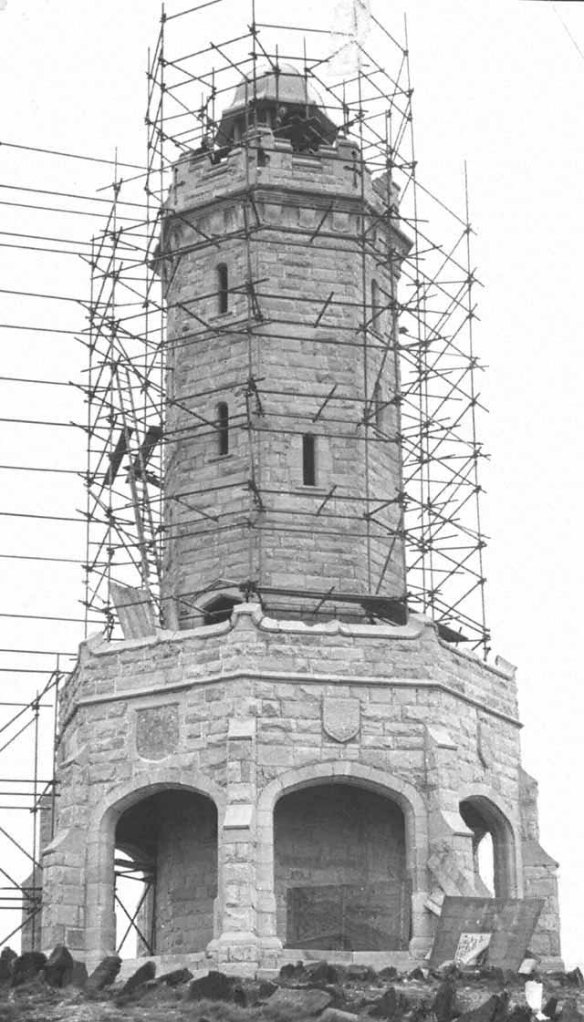
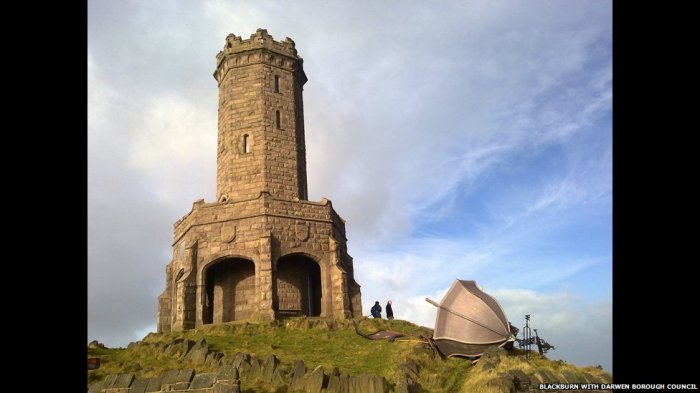
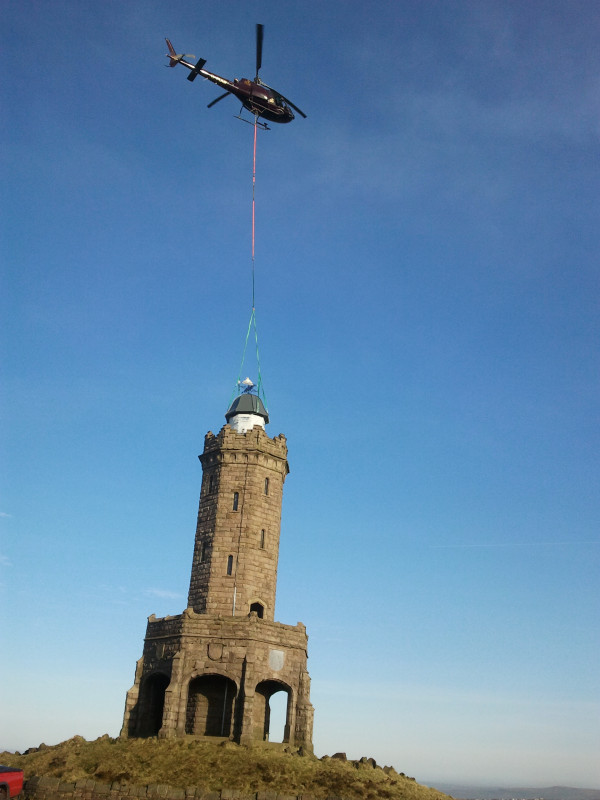
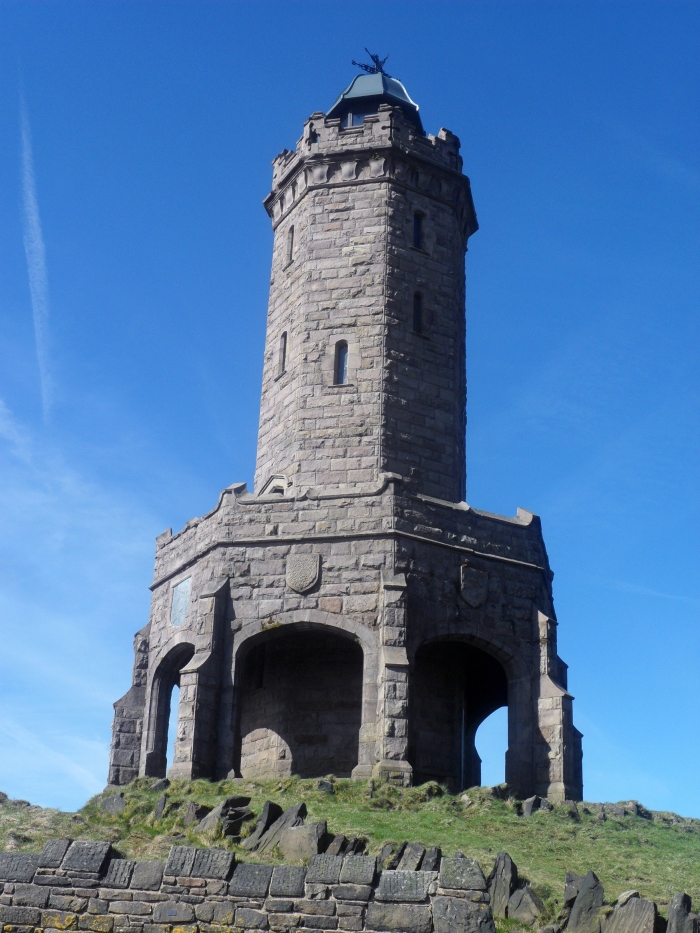
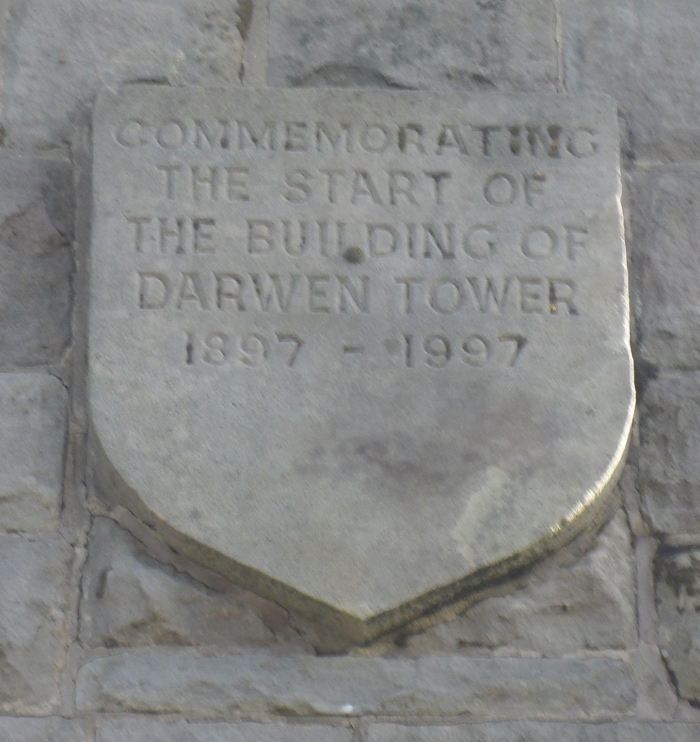
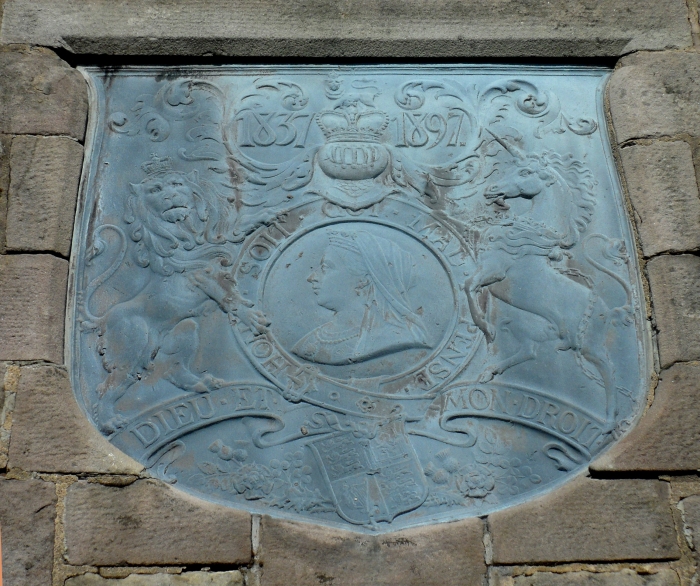
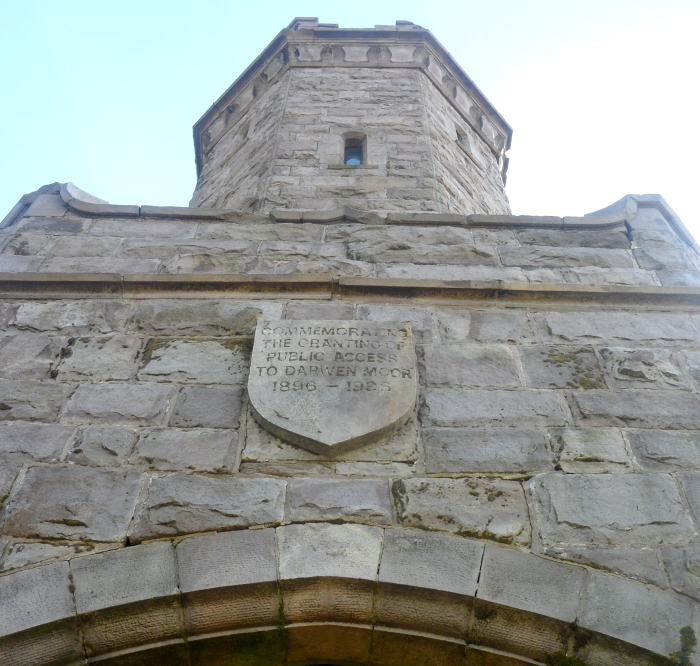
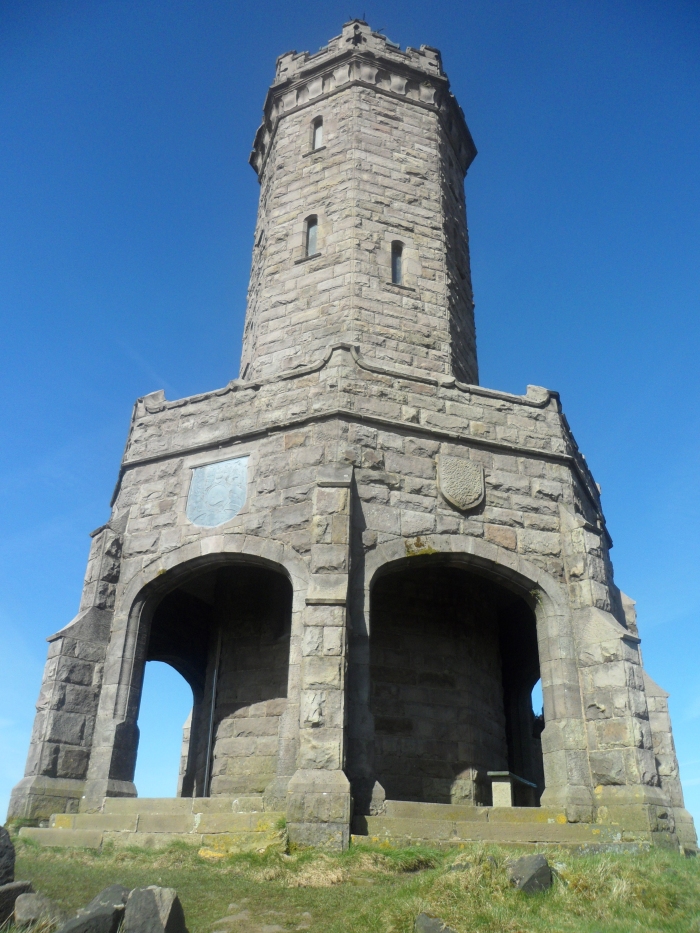



Pingback: Will yo’ come o’ Sunday morning – Fat Goat Blogs